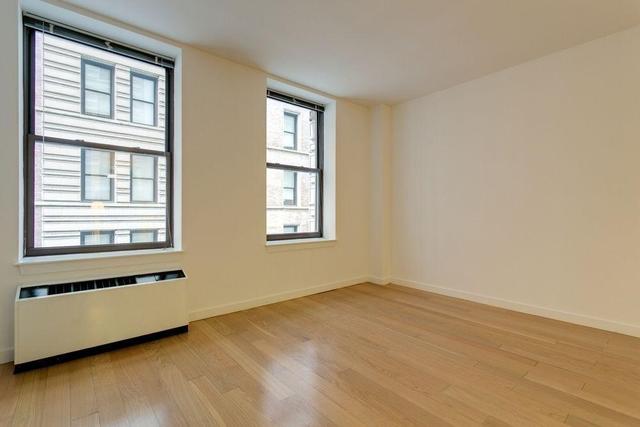
How to Get Rid of Pink Mold in the Shower?
By: ROS Team
Pink mold in your toilet shower can be incredibly unpleasant to discover. Not only does it create an unsightly appearance, but it also poses potential health risks if left untreated. Typically known as “pink slime,” this bacteria, scientifically referred to as Serratia marcescens, thrives in damp conditions, making your bathroom an ideal breeding ground.
In this Blog Post, we’ll discuss effective ways to get rid of pink mold in your shower and prevent it from coming back.
What is Pink Mold?
Pink mold is not actually mold; it’s a type of bacteria. Its pink or pinkish-red color is due to its production of a pigment called prodigiosin. Pink mold is commonly found in damp areas like shower stalls, tile grout, silicone seals, and even bathroom fixtures.

The main reasons pink mold thrives in your shower are:
Moisture: Pink mold loves moisture, and your shower provides the perfect damp environment for it to grow.
Soap and Shampoo Residue: The organic matter left behind by soap, shampoo, and body wash can serve as a food source for pink mold.
Lack of Ventilation: Inadequate ventilation in the bathroom can contribute to high humidity, creating an ideal habitat for mold and bacteria.
Steps To Effectively Remove Pink Mold From Your Shower
Before you start the cleaning process, gather the following materials:
- Rubber gloves
- Safety goggles
- White vinegar or hydrogen peroxide
- Baking soda
- Spray bottle
- Scrubbing brush or toothbrush
- Microfiber cloths
- Plastic scraper
Step 1: Safety Precautions
Before tackling the pink mold, make sure you’re properly protected. Put on rubber gloves and safety goggles to shield your eyes and skin from any splashes or fumes that may occur during the cleaning process.
Step 2: Ventilation
Ensure proper ventilation in the bathroom by opening windows or using an exhaust fan. This will help reduce humidity and prevent future mold growth.
Step 3: Remove Loose Debris
Use a plastic scraper to gently remove any loose mold from the affected areas. Dispose of the debris in a sealed plastic bag.
Step 4: Prepare Cleaning Solution
There are two effective cleaning solutions you can use:
- White Vinegar: Mix equal parts white vinegar and water in a spray bottle.
- Hydrogen Peroxide: Mix a 3% hydrogen peroxide solution with water in a 1:1 ratio.
Step 5: Apply Cleaning Solution
Spray the chosen cleaning solution directly onto the pink mold. Ensure the affected areas are completely saturated.
Step 6: Scrub
Use a scrubbing brush or an old toothbrush to scrub away the pink mold. Apply gentle but consistent pressure, focusing on the moldy areas.
Step 7: Rinse and Repeat
Rinse the treated areas thoroughly with water. If some pink mold remains, repeat the process until it’s completely gone.
Step 8: Preventive Measures
Once your shower is mold-free, take these preventive measures to keep pink mold from returning:
Regular Cleaning: Clean your shower regularly to prevent soap scum buildup.
Ventilation: Use exhaust fans and keep windows open to reduce humidity.
Silicone Seals: Check and replace damaged or worn silicone seals.
Seal Grout Lines: Seal your tile grout to prevent moisture from seeping in.
Keep Surfaces Dry: After showering, squeegee excess water off the tiles and fixtures.
Use Mildew-Resistant Paint: Consider painting your bathroom with mildew-resistant paint.
Is Pink Mold Dangerous?
Pink mold is not as dangerous as some other types of mold, such as black mold, but it can still pose health risks, particularly for people with compromised immune systems or pre-existing health conditions.
Can Pink Mold Make You Sick?
Yes, pink mold can make you sick. Pink mold can cause a variety of health problems, including:
- Allergic reactions, such as sneezing, coughing, and a runny nose
- Respiratory problems, such as asthma and bronchitis
- Skin infections
- Urinary tract infections
- Pneumonia
Does Vinegar Kill Pink Mold?
Yes, vinegar can kill pink mold. Vinegar is a natural disinfectant that can be used to clean and disinfect a variety of surfaces, including bathroom surfaces. The acetic acid in vinegar kills mold and mildew, and it also removes the spores that mold needs to grow.
Pink Mold in the Shower: Final Thoughts
Getting rid of pink mold in your toilet shower may take some effort, but it’s essential for maintaining a clean and healthy bathroom environment. Regular cleaning, proper ventilation, and preventive measures are key to keeping pink mold at bay.








